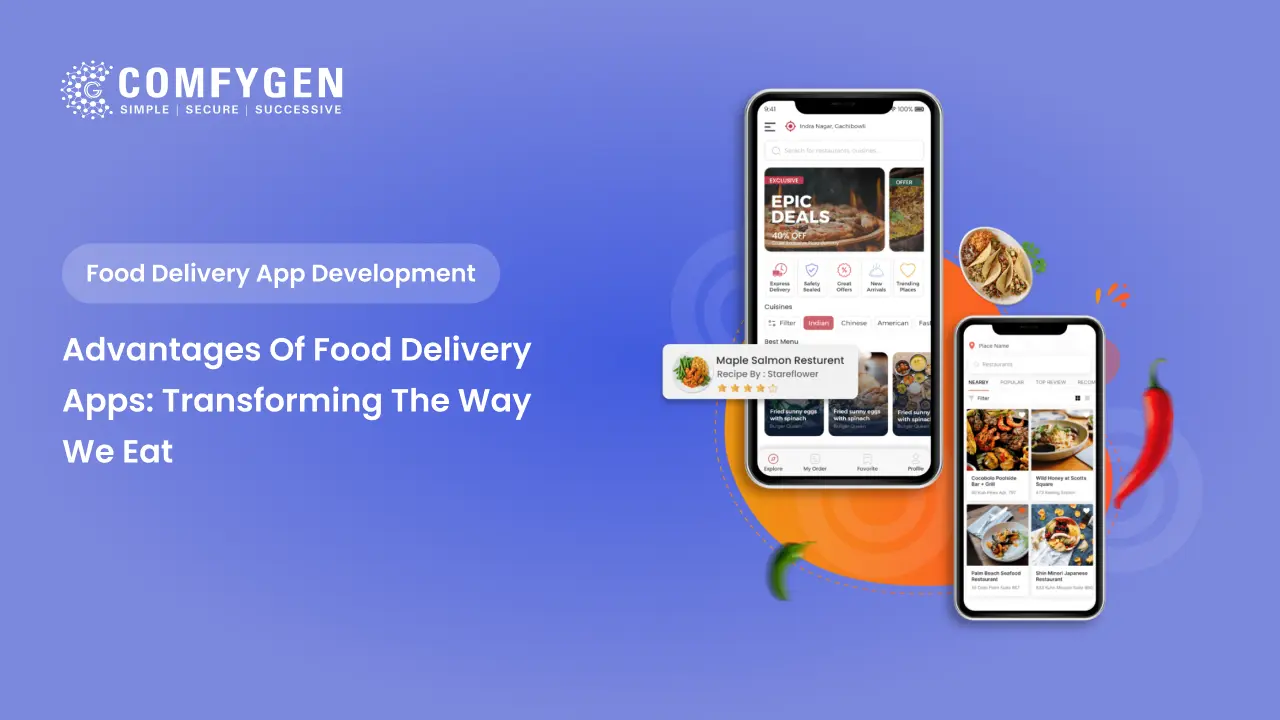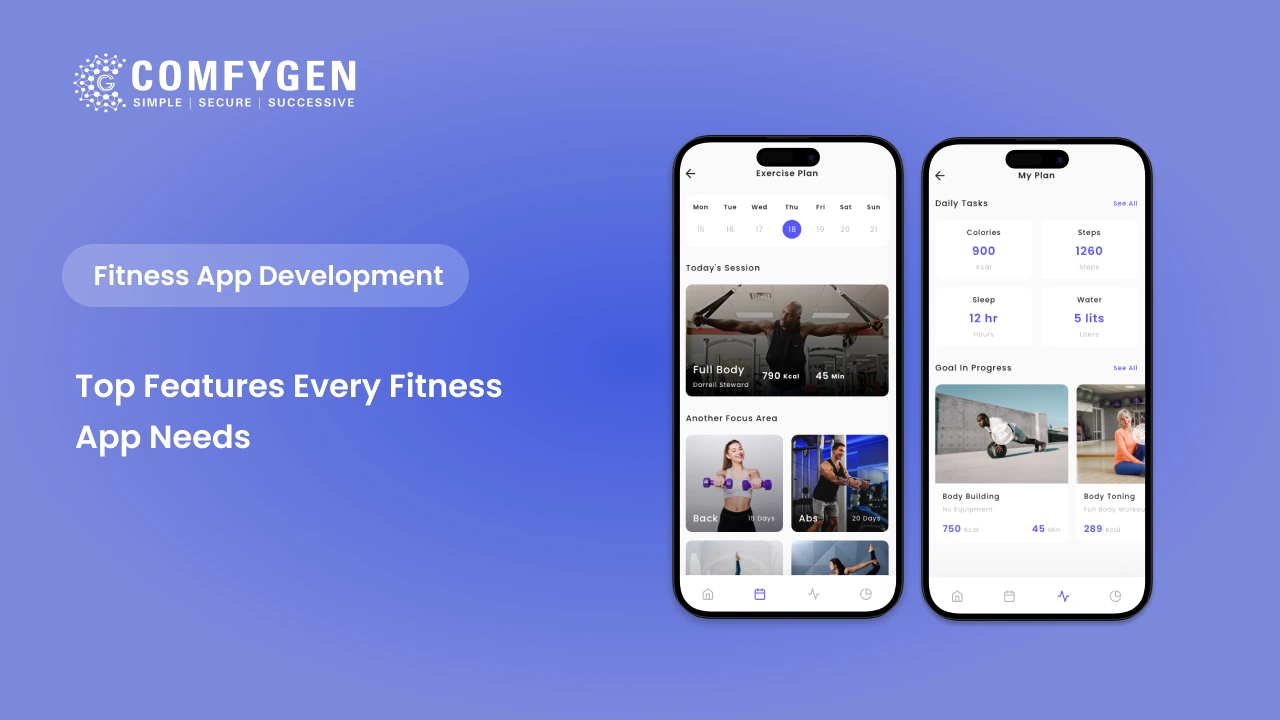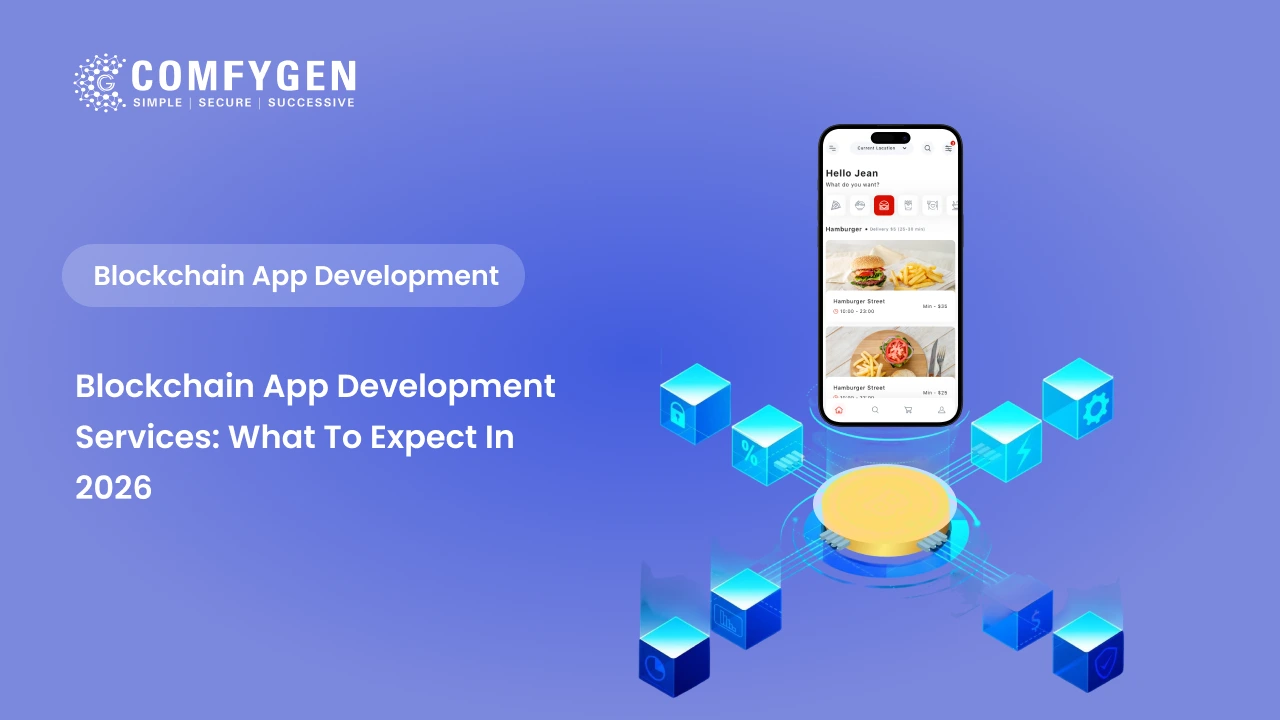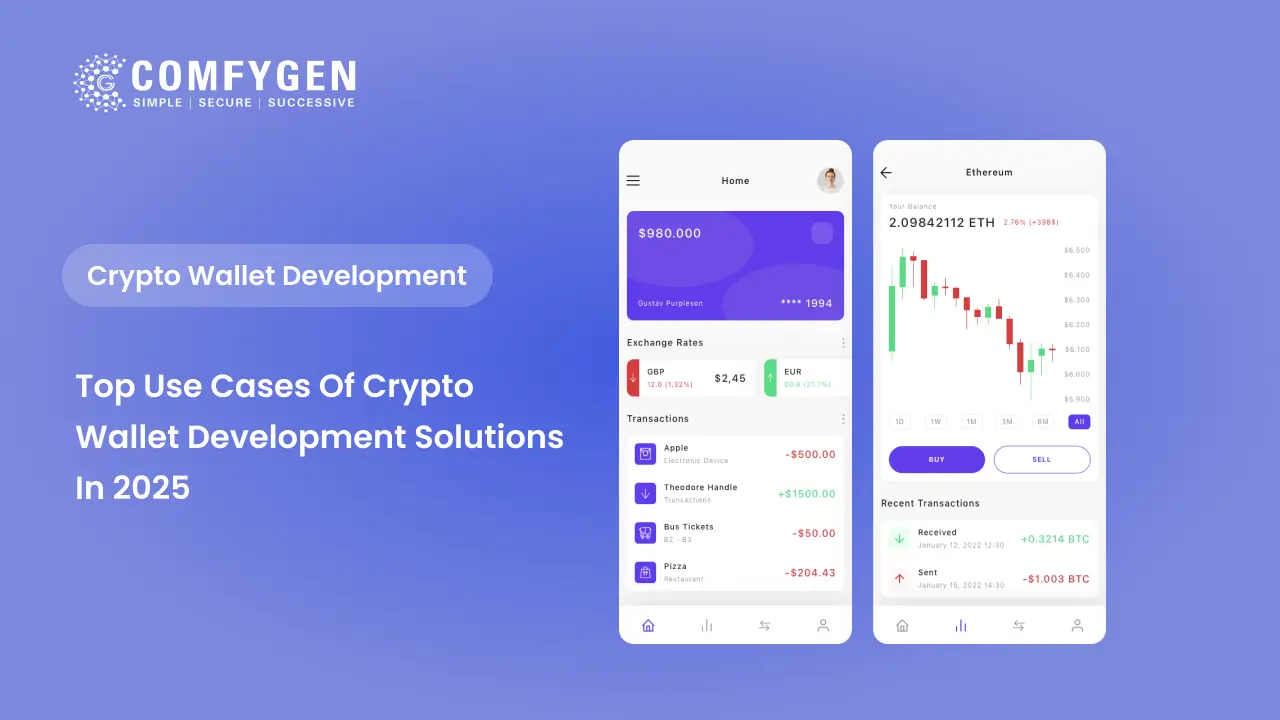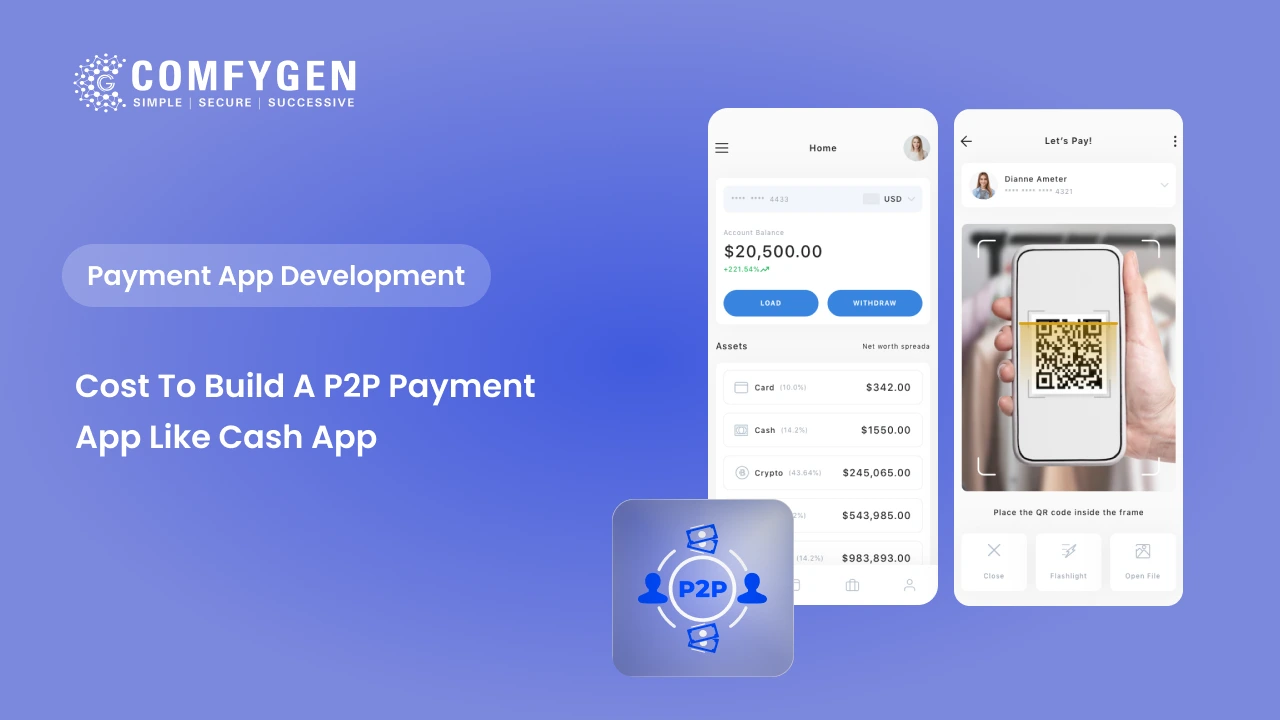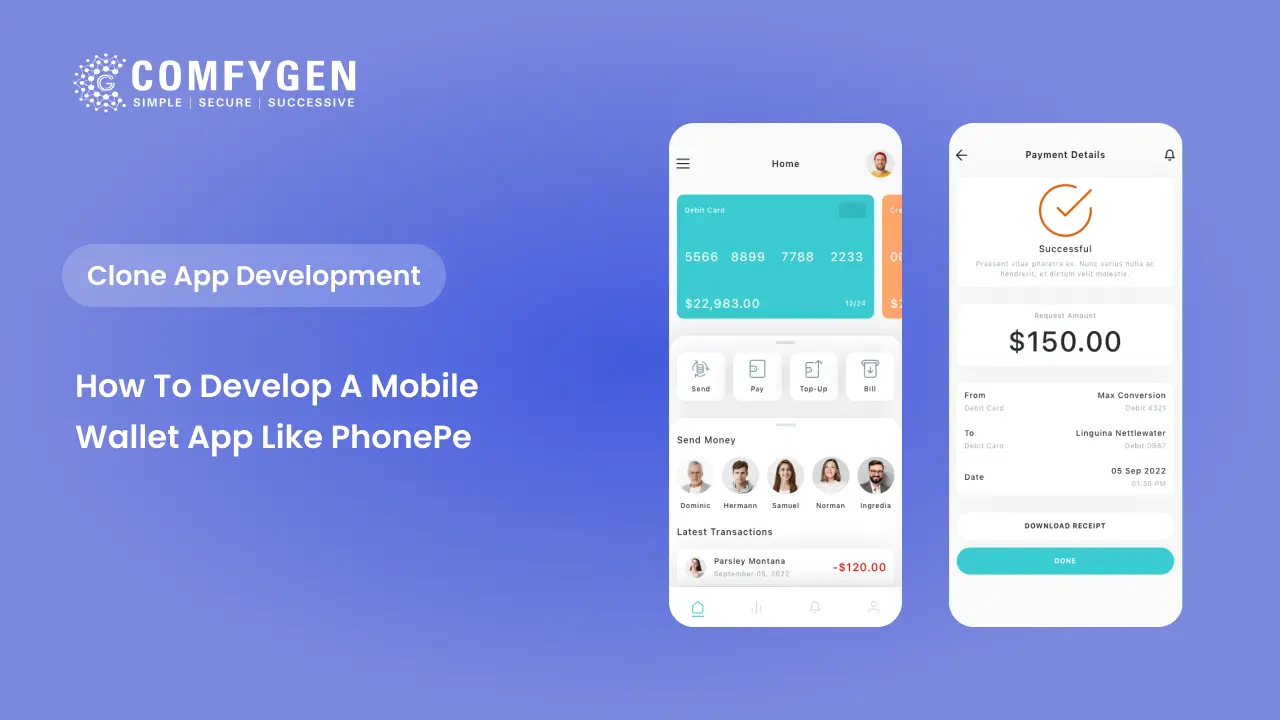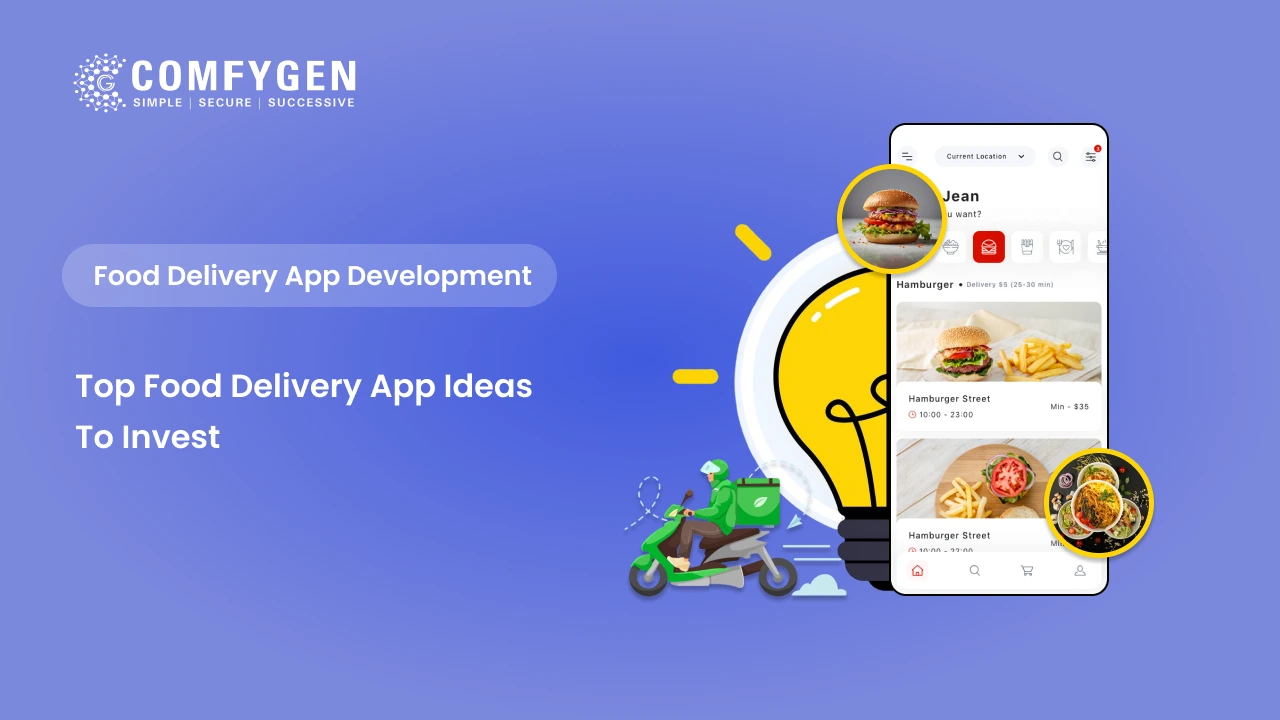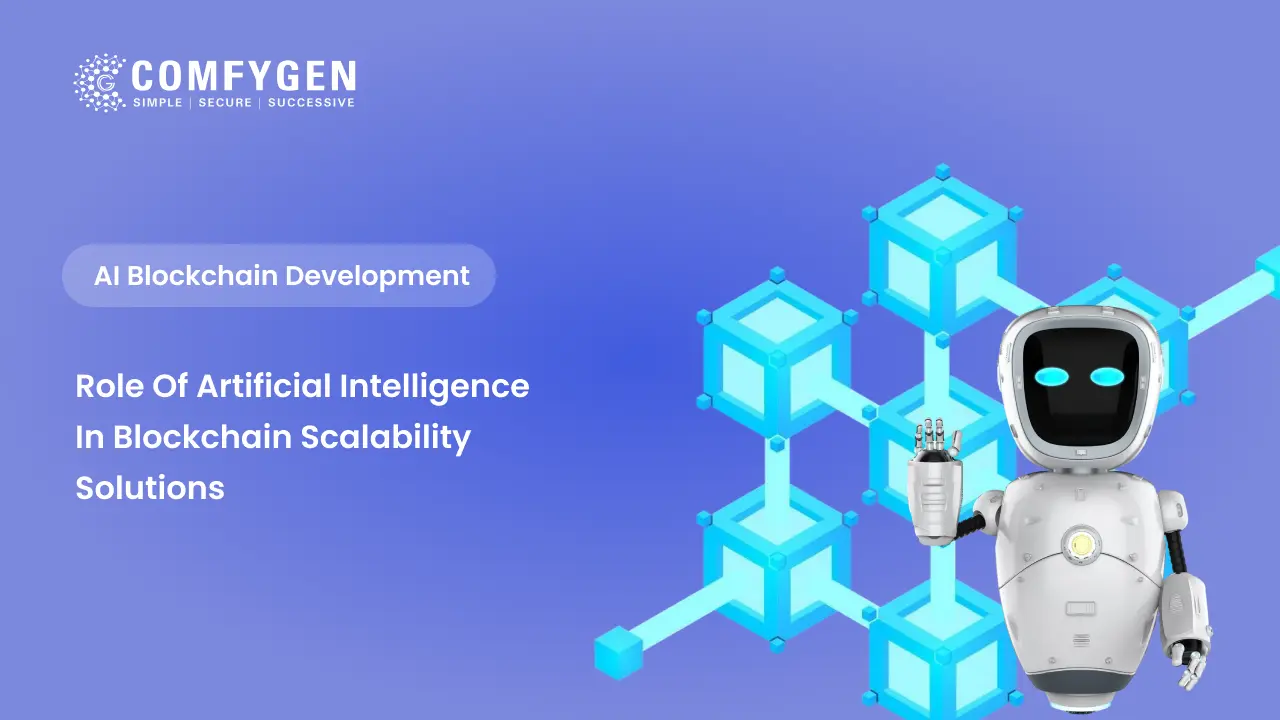Advantages of Food Delivery Apps: Transforming the Way We Eat
The rise of smartphones and digital technology has revolutionized the food industry, bringing the dining experience right to our fingertips. Food delivery apps have emerged as essential platforms connecting customers with their favorite restaurants and cuisines quickly and conveniently. Especially accelerated by global shifts during the pandemic, food delivery apps have reshaped how we order, consume, and even think about food.
This blog dives deep into the numerous advantages of food delivery apps for customers, restaurants, workers, and the economy. We’ll also discuss how technology and innovation continue to push the industry forward.
Convenience at Your Fingertips
The Core Appeal: Ultimate Convenience
The most obvious and celebrated benefit of best food delivery apps is convenience. Busy lifestyles, demanding work schedules, family responsibilities, and other commitments make cooking or even going out for meals a challenge for many people. Food delivery apps bridge this gap by allowing users to order food anytime, anywhere, using just a smartphone.
- 24/7 Access: Many apps provide round-the-clock service. Whether you’re craving a late-night snack or an early breakfast, food delivery platforms operate well beyond traditional restaurant hours.
- Contactless Ordering & Delivery: The COVID-19 pandemic emphasized the importance of minimal contact for safety reasons. Apps integrated contactless payment and delivery options, allowing users to receive meals without direct interaction.
- Time-saving: For individuals juggling multiple responsibilities, food delivery apps save valuable time. They eliminate travel time, waiting in queues, or cooking, allowing users to focus on work, family, or relaxation.
Real-Life Example
A working professional who regularly logs 12+ hour days can rely on food delivery apps to get nutritious meals without interrupting their tight schedule. This ease of use significantly improves quality of life and reduces stress.
Variety and Choice
Explore an Ocean of Options
Food delivery apps bring together numerous restaurants, cafes, and food trucks on a single platform, offering an unparalleled variety that surpasses what any physical food court or market can provide.
- Diverse Cuisine Options: From fast food staples like burgers and pizzas to authentic regional delicacies, vegan dishes, and even gourmet meals, users can explore hundreds of cuisines in just a few clicks.
- Catering to Dietary Preferences: Many apps have filters for special diets, including vegan, vegetarian, keto, gluten-free, and allergen-free options, ensuring everyone finds something suitable.
- User Reviews & Ratings: Apps integrate customer feedback, enabling users to make informed choices based on dish popularity, quality, and delivery reliability.
Real-Life Example
A vegan living in a city without many vegan restaurants can still enjoy diverse, high-quality meals by exploring offerings via food delivery apps that aggregate multiple vegan-friendly restaurants.
Easy Payment Options and Exclusive Offers
Simplified Transactions with Added Benefits
Food delivery applications have streamlined the payment process, providing multiple options and exclusive promotions that enhance user experience. Are you thinking of developing a food delivery app for your business? Hire a top food delivery app development company
- Multiple Payment Methods: Apps accept a range of payment modes including credit/debit cards, mobile wallets (like Apple Pay, Google Pay), Unified Payments Interface (UPI), net banking, and even cash on delivery in some regions.
- Exclusive Discounts and Coupons: Platforms frequently partner with restaurants and payment providers to offer discounts, loyalty programs, referral bonuses, and cashback, making dining out or in more affordable.
- Order Tracking & Notifications: Customers receive real-time updates on order status, including estimated delivery time, keeping the experience transparent and reducing anxiety.
Real-Life Example
Food delivery apps like Zomato, Uber Eats or DoorDash offer first-time user discounts and special deals during festivals or events, encouraging users to order more frequently while saving money.
Boost to Local Restaurants and Businesses
Expanding Reach Beyond Physical Walls
Food delivery apps are not just consumer-friendly; they are a vital growth channel for restaurants, particularly smaller and local businesses that might otherwise struggle to compete.
- Increased Visibility: Restaurants that join food delivery platforms gain exposure to thousands or even millions of potential customers without investing heavily in marketing.
- Additional Revenue Stream: Especially during lockdowns or off-peak hours, delivery apps help restaurants maintain steady income.
- Data Insights: Many platforms provide restaurants with analytics about customer preferences, order frequency, and peak times, allowing for smarter inventory and marketing strategies.
Real-Life Example
A small family-owned bakery with limited seating can increase monthly revenue substantially by partnering with a food delivery app, reaching customers across the city who would never visit in person.
Employment and Economic Growth
Creating Jobs and Stimulating the Economy
The growth of food delivery apps has led to job creation across several sectors, making it an important part of the modern economy.
- Employment for Delivery Personnel: Gig economy jobs provide flexible income opportunities for thousands, from college students to retirees.
- Support for Food Industry: Growth in food delivery spurs demand for food production, packaging, logistics, and tech development.
- Technology and Innovation: The demand for better apps and delivery solutions drives investment in AI, big data, and logistics technologies.
Real-Life Example
During the COVID-19 pandemic, delivery jobs offered a vital source of income for millions worldwide as traditional employment options shrank.
Enhanced Customer Experience Through Technology
Smart Features and Seamless Experience
Food delivery apps continually integrate new technologies to make ordering food smoother, faster, and more enjoyable.
- AI and Personalization: Apps analyze past orders, searches, and preferences to suggest relevant dishes and restaurants.
- Voice Ordering and Smart Assistants: Integration with voice assistants like Alexa, Siri, and Google Assistant allows hands-free ordering.
- Seamless UX/UI: Intuitive app designs with minimal steps to place an order improve customer satisfaction and reduce friction.
Real-Life Example
An app that remembers you always order a latte with your breakfast can automatically suggest the same combo next morning, speeding up your ordering process.
Environmental and Social Responsibility
Moving Towards Greener and Ethical Practices
With growing awareness of environmental impacts, many food delivery apps are adopting more sustainable and socially responsible models.
- Eco-Friendly Packaging: Encouraging restaurants to use biodegradable or reusable containers to reduce plastic waste.
- Reduced Food Waste: Predictive analytics help restaurants stock the right amount of ingredients, reducing leftovers.
- Community Support: Some platforms actively promote farm-to-table initiatives, support local farmers, and highlight organic or fair-trade products.
Real-Life Example
Apps partnering with NGOs or local farms help build community ecosystems that benefit both producers and consumers while lowering carbon footprints.
Challenges and How Food Delivery Apps Address Them
Overcoming Obstacles for Better Service
While food delivery apps have numerous advantages, challenges exist, and platforms are innovating to address them:
- Delivery Delays: Leveraging AI-powered route optimization and real-time traffic data minimizes wait times and improves efficiency.
- Quality Control: Strict restaurant onboarding, customer feedback loops, and rating systems maintain high food quality standards.
- High Commission Fees: Many platforms experiment with fairer pricing, subscription models, and direct partnerships to reduce the financial burden on restaurants.
Real-Life Example
DoorDash introduced “DashPass,” a subscription offering reduced delivery fees and exclusive deals, enhancing value for frequent users and partners alike.
Conclusion
Food delivery apps have undeniably transformed the global food landscape by offering convenience, variety, affordability, and opportunities for growth. As technology evolves, these platforms will continue enhancing the user experience while supporting restaurants and workers. Whether you are a consumer enjoying your favorite meal from home or a restaurant owner expanding your reach, the advantages of food delivery apps make them an indispensable part of modern life.
Ready to Build Your Own Food Delivery App?
At Comfygen, we specialize in custom app development tailored to the food delivery industry. From intuitive user interfaces to seamless backend integration and scalable architecture, we ensure your app stands out in the competitive market.
Contact us today to discuss your food delivery app development needs!

Mr. Saddam Husen, (CTO)
Mr. Saddam Husen, CTO at Comfygen, is a renowned Blockchain expert and IT consultant with extensive experience in blockchain development, crypto wallets, DeFi, ICOs, and smart contracts. Passionate about digital transformation, he helps businesses harness blockchain technology’s potential, driving innovation and enhancing IT infrastructure for global success.

